Chinese modal particles are function words that can determine the attitude or mood of the statement. We’ll go over the modal particles, or 语气助词 (yǔqì zhùcí), you’ll use in everyday speech. 吧 (ba) 吧 is the first that can be used in three different ways. 吧 follows after a statement or a command. Thus, 吧 appears at the end of a sentence or clause. To make a suggestion (command + 吧): The first function of 吧 is to lighten the tone of a command by turning it into a suggestion or alternative solution. You can think of 吧 as “then,” referring to the example below. For example: 那我们去别的地方吃饭吧。(nà wǒmen qù bié de dìfang chīfàn ba.) — Let’s eat somewhere else then. To respond by expressing “all right” or “fine then” (statement + 吧): When you want to respond by conceding (answer with “all right then” to a yes or no question), you can answer with a statement + 吧. For example: A: 我们可以早点离开聚会吗?(wǒmen kěyǐ zǎodiǎn líkāi jùhuì ma?) — Can we leave the party early? B: 好吧,我们九点钟离开。(hǎo ba, wǒmen jiǔ diǎn zhōng líkāi.) — All right, we’ll leave at nine o’clock. To be more polite (statement + 吧): If you want to kindly tell someone to do something, feel free to add 吧 to the end of the statement or command. 吧 can translate to “please” in this case. For example: 快点吧,我不想迟到。(kuài diǎn ba, wǒ bùxiǎng chídào.) — (Please) Hurry up. I don’t want to be late. 吗 (ma) Another one of the grammar points you learn as a beginner is the use of Chinese “ma,” so you might already know what the function of 吗 is as a modal particle. To turn statements into yes/no questions (statement + 吗?) The way to form yes or no questions is by simply tacking 吗 at the end of a statement. For example: 你明天晚上有空吗?(nǐ míngtiān wǎnshang yǒu kòng ma?) — Are you free tomorrow night? Use 吗 to ask for confirmation. In English, that would be the equivalent of asking “right?” or “correct?” For example: 你父母要去,对吗?(nǐ fùmǔ yào qù, duì ma?) — Your parents are going, right? 了 (le) When the Chinese “le” is used as a modal particle, it shows a change between a past and present state or circumstance. It’s placed at the end of a statement. To differentiate between a past and current state (adjective + 了). If you want to point out a change in a noun’s mental, emotional or physical state, the adjective in the sentence should be followed by 了. Basically, 了 implies that a noun is or feels different from before. For example: 我需要休息,我累死了。(wǒ xūyào xiūxi, wǒ lèi sǐle.) — I need to rest. I’m exhausted. To differentiate between a past and current situation (verb + 了). If you want to indicate that something that is true now wasn’t true before, you can attach 了 to the end of the verb that is relevant to the current situation. If it makes it easier for you, think of this construction as a “used to… but now” sentence in English, where 了 would roughly translate as “but now.” For example: 老公以前讨厌慢跑,现在喜欢了。(lǎogōng yǐqián tǎoyàn mànpǎo, xiànzài xǐhuānle.) — My husband used to hate jogging, but now he likes it. 的 (de) Did you know that the Chinese “de” does more than just demonstrate possession? Although all the uses of 的 don’t qualify as modal particle functions, we’ll go over everything for clarity. To indicate possession (noun + 的): First and foremost, 的 can be placed after personal pronouns to turn them into possessive pronouns. It also demonstrates possession in general, such as a noun belonging to another noun. For example: 我的妈妈比我的爸爸高。(wǒ de māma bǐ wǒ de bàba gāo.) — My mom is taller than my dad. To describe nouns (adjective + 的 + noun): 的 is also used to connect adjectives to nouns, where 的 would be placed in between the descriptive word and the noun. For example: 她有最可爱的猫。(tā yǒu zuì kě’ài de māo.) — She has the cutest cats. To create a verbal phrase (verb + 的 + noun): If you want to use a verbal phrase, or use an -ing verb as an adjective for a noun, then you would place 的 in between the verb and noun. A verbal phrase would be something like “talking dog,” which in Chinese would be 说话的狗 (shuōhuà de gǒu). For example: 电影里有只会说话的狗。(diànyǐng lǐ yǒu zhī huì shuōhuà de gǒu.) — The movie has a talking dog. To add certainty to a statement (statement + 的). Here’s where 的 works as a modal particle. If you want to show confidence in what you say, you can add 的 at the end of your statement. For example: 是真的, 我看到了。(shì zhēn de, wǒ kàn dàole.) — It’s true, I saw it. 呢 (ne) 呢 can be used at the end of questions and statements. To ask “how/what about” questions (subject + 呢). When you want to ask a “how/what about” question as a follow-up to a statement, simply add 呢 after the subject that’s being addressed. For example: 我不喜欢芦笋,你呢?(wǒ bù xǐhuan lúsǔn, nǐ ne?) — I don’t like asparagus. How about you? To demonstrate confidence or conviction (statement + 呢). 呢 can also be used to add conviction to your statement. In this instance, 呢 would be placed at the end of the sentence. For example: 他不会准时到达呢。(tā bù huì zhǔnshí dàodá ne.) — He won’t make it on time. 啊 (a) 啊 pretty much does what it sounds, which elevates the emotion or sentiment of the statement. This is included at the end of the statement or question. To emphasize excitement or exclamation (statement + 啊). When you want to express amazement or that you’re pleasantly surprised, add 啊 to the end of your statement. For example: 你在做什么菜?好香啊!(nǐ zài zuò shénme cài? hǎo xiāng a!) — What (food) are you making? It smells amazing! To show urgency (statement/question + 啊). If you need to warn someone or generally tell them to watch out, you can place 啊 at the end of your statement or question to demonstrate a sense of urgency. For example: 小心台阶啊! (xiǎoxīn táijiē a!) — Watch your step! # Our teachers # More than 10 years teaching experience Master Degree Certificate for teaching chinese as a foreign language 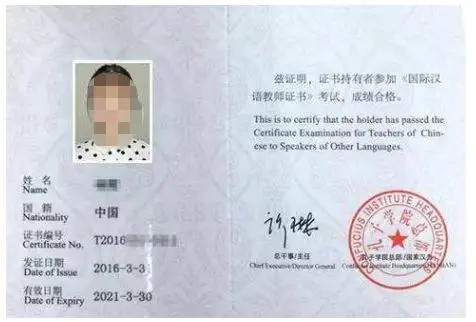 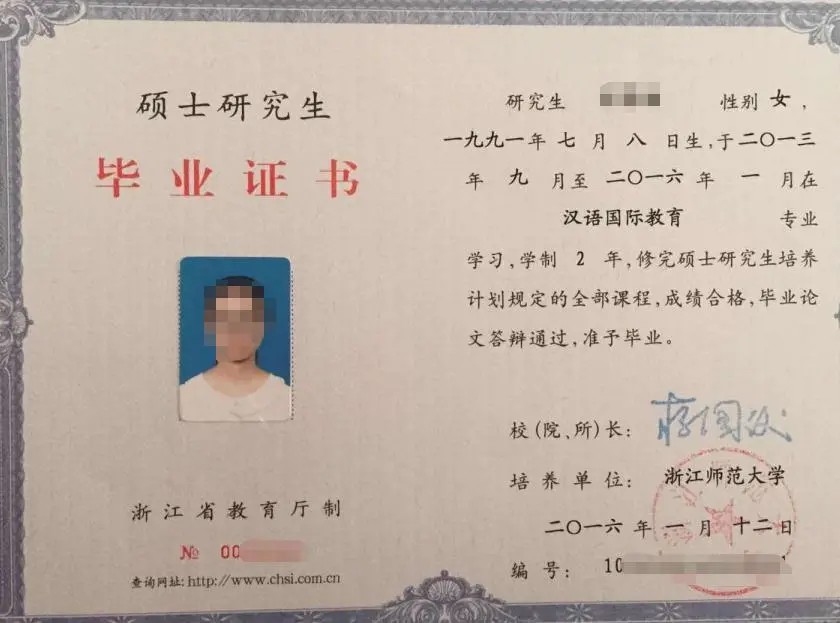 # About us # Founded in 2007 Chinese test and training center 200+ Chinese teachers 5000+ students 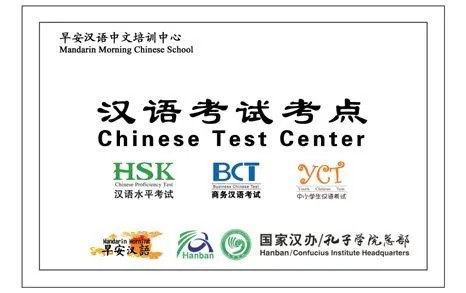 # Contact us# Name:fiona Phone number:021-52287809,13918358891 E-mail:info@mandarinmorning.com www.mandarinmorning.com If you are interested to join Mandarin Morning school or want more details about our services, scan the following QR code. ☟ 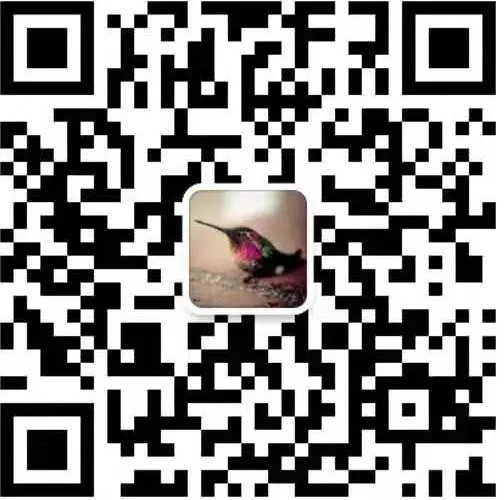 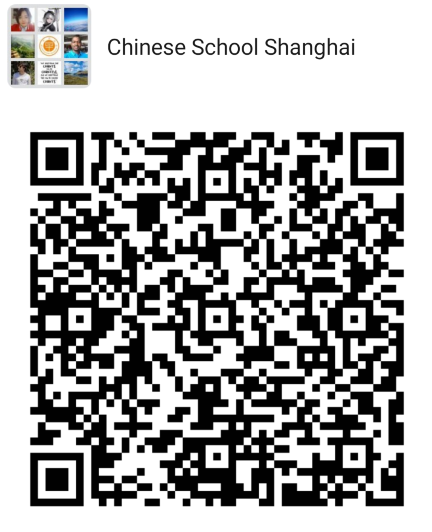 Mandarin Morning Chinese test center attached to Confucius institute headquarters Authorized Test Center and Training Center for International Chinese Language Teacher Certificater 10 years+ ,200 teachers ,more 10000 students,200+companies  |